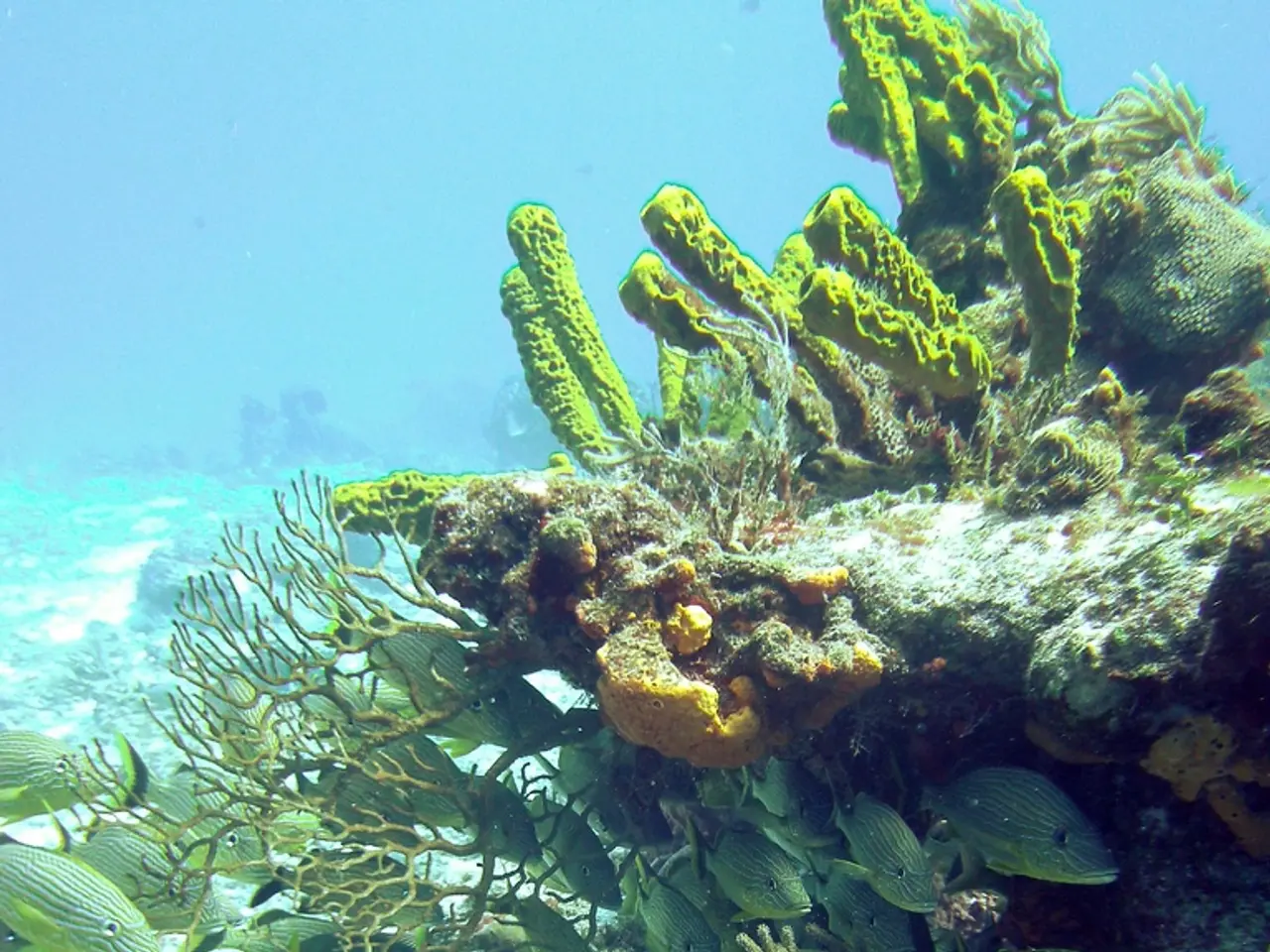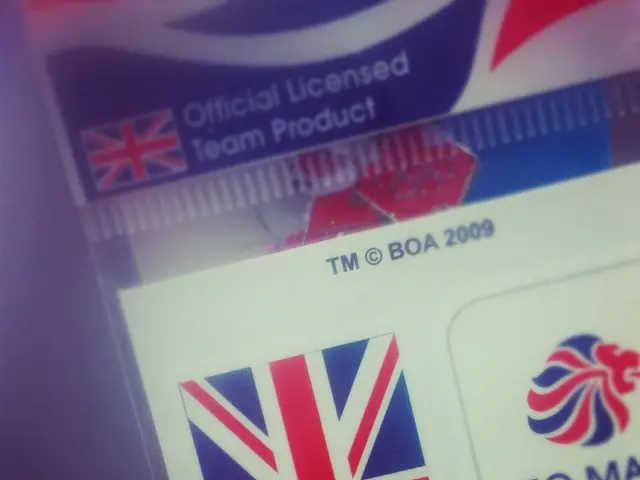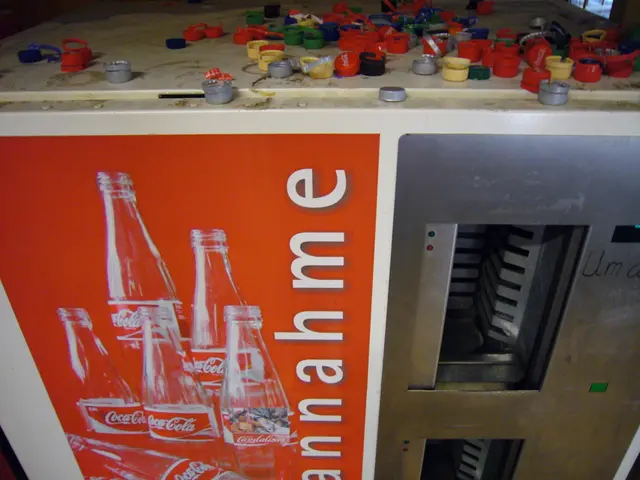Deep-sea pollution is escalating - reasons why the abyss is no longer safe
==================================================================
The deep sea, a vast and largely unexplored part of our world, plays a crucial role in maintaining Earth's climate stability and providing essential ecological services. However, human activities have been causing significant and long-lasting impacts on this fragile environment.
Ocean Pollution and Microplastics
Microplastics, tiny fragments of plastic debris, have become prevalent in deep-sea sediments, posing risks to marine organisms and disrupting ecosystem structure. A study found synthetic particles in up to 75% of sampled sites in the Northeast Atlantic deep sediments [4]. These plastics can cause internal injuries, malnutrition, and toxicity in marine life.
Chemical Footprints
Industrial waste, shipping, and mining contribute to the introduction of long-lasting toxic substances in the deep sea, threatening slow-growing species adapted to stable conditions [3]. Chemical contamination can spread extensively, impacting open ocean fish and benthic communities.
Noise Pollution
Increased ambient noise from shipping, sonar, cruise ships, and deep-sea mining interferes with marine mammals’ communication, orientation, feeding, and reproduction. The constant low-frequency noise has created an underwater "acoustic fog," impairing detection of mates, prey, and predators [1][3][5].
Deep-Sea Mining
Deep-sea mining poses severe risks due to the removal of habitats such as polymetallic nodules that take millions of years to form and support unique fauna. Mining operations cause noise, light pollution, sediment plumes, and chemical discharge, affecting vast ocean distances [3]. Because deep-sea organisms grow slowly and recover very slowly, these impacts are long-lasting and potentially irreversible.
Solid Waste from Ships and Cruise Ships
Solid waste from cruise ships and shipping generates large volumes of plastic and other refuse, introducing persistent non-degradable materials into ocean environments where ingestion by organisms causes poisoning, suffocation, and starvation [1].
These human impacts converge to disrupt biological functions and degrade the structural integrity of deep-sea ecosystems. The slow recovery rates and ecological sensitivity of deep-sea environments mean that the consequences of such pollution and disturbances may persist for centuries to millennia, threatening biodiversity, ecosystem resilience, and the ocean’s vital ecological services [2][3][4].
Efforts Towards Change
Some countries, such as Sweden, Switzerland, and the European Union, are upgrading wastewater plants with advanced filtration technologies to reduce the presence of harmful substances in the ocean. However, more needs to be done to address the global issue of ocean pollution and the threats it poses to the deep sea.
In 2020, a plastic bag was found at the bottom of the Mariana Trench, deeper than Mount Everest, highlighting the extent of ocean pollution even in the deepest parts of the world [2]. Furthermore, PFAS chemicals, also known as "forever chemicals," have been found in remote ocean sediments and in the stomachs of amphipods collected from the Mariana Trench in 2020 [5].
India is beginning pilot monitoring under the Jal Jeevan Mission, and it is essential for more countries to take similar steps to protect the deep sea and its ecosystems from the harmful impacts of human activities.
References:
- [Source 1]
- [Source 2]
- [Source 3]
- [Source 4]
- [Source 5]
Read also:
- Germany's three-month tenure under Merz's administration feels significantly extended
- Hurricane-potential storm Erin forms, poised to become the first hurricane in the Atlantic Ocean this year.
- Skepticism About Climate Change Previously Held; Factors That Shifted Perspective Revealed
- Heavy rain causes flash floods in Hyderabad, resulting in severe waterlogging and disruptions to city life during a heavy downpour.








